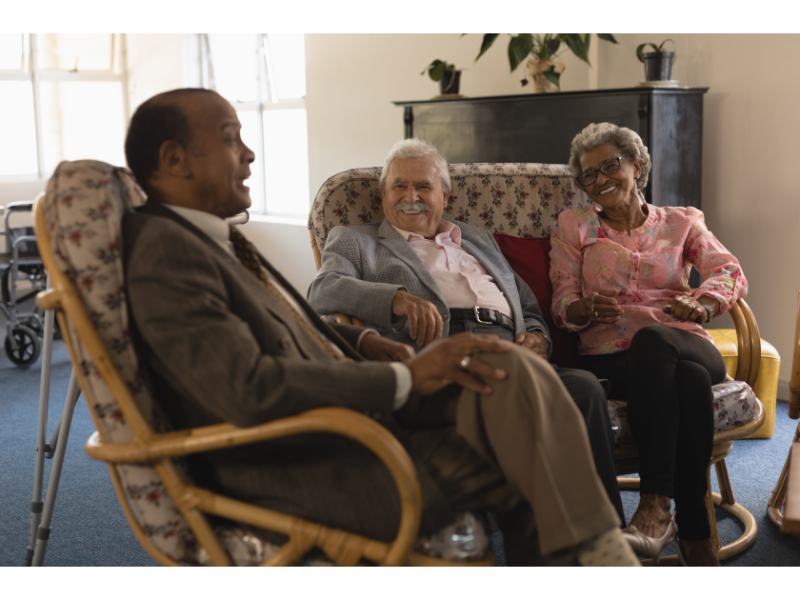During my career, I have helped many retirees looking to downsize choose the right retirement home to fit their budget and lifestyle.
Most often, retiring homeowners look to overcome accessibility issues like going up and down stairs, and reducing the costs and maintenance that a larger home requires.
If you’re looking to own a retirement home versus renting an apartment in an active adult living community, here are some tips on what to look for.
Location, location, location
A peaceful, quiet location is most important after retirement. Many homeowners that have lived in the same home for 20 or 30 years may have witnessed the neighborhood change. Maybe there is an influx of new families with children who enjoy much outdoor play. Or maybe the city services have dwindled, leaving potholes and sewer/drainage problems as a nuisance.
I suggest an all-inclusive retirement community that features garden-style homes, endless activities, and lots of green space and walking paths. These small homes are typically constructed on private drives, away from the hustle and bustle of main roads, and offer neighbors with similar interests and lifestyles.
Ease of Accessibility
If you plan to retire in a new home, rather than an apartment, then make sure the interior floor plan and exterior features of the home will provide accessibility in case mobility issues come up in the future. This means a single floor plan, wider doorways, an open floor plan, and a modern accessibility bathroom that may feature nonslip floors, a curb-less shower with grab bars and shower seat.
Accessibility features should already be installed in homes that are built with the retirement community in mind. Exterior home features may include an entrance from the garage into the home, a zero-step entrance, and a smaller landscaping footprint.
Nearby Amenities
I realize that today’s retiring population is more active than previous generations. For this reason, the home you choose to retire in should make it easier to enjoy daily walks on trails, an afternoon swim, or a bit of tennis. These amenities may be part of a retirement community or located nearby when you choose the right location
Also, consider how far you may have to drive to get to doctor’s appointments, groceries, gas, and other conveniences. Take a look at the area’s walkability score.
Nearby Amenities
When you’re thinking about the location you want your home to be in, you should also consider what amenities it would be useful to have nearby. Do you want to live near a park so you can enjoy daily walks? Maybe you’d like to live near the grocery store or doctor’s office, so you won’t have to drive far to get groceries or go to appointments.
Consider the neighborhood walkability score, which is a number between 0 and 100 that measures the walkability of any address. The higher the number, the more convenient features the neighborhood will boost, such as a short drive to run errands, streets that are nice for walking or biking, and how transit friendly the neighborhood is.
About Omer Barnes
Omer Barnes a real estate development expert in the tri-state area of New Jersey, New York, and Connecticut, has handled many private clients’ projects – both residential and commercial. He is passionate about his local community and is always looking at how he can help improve the lives of others.




